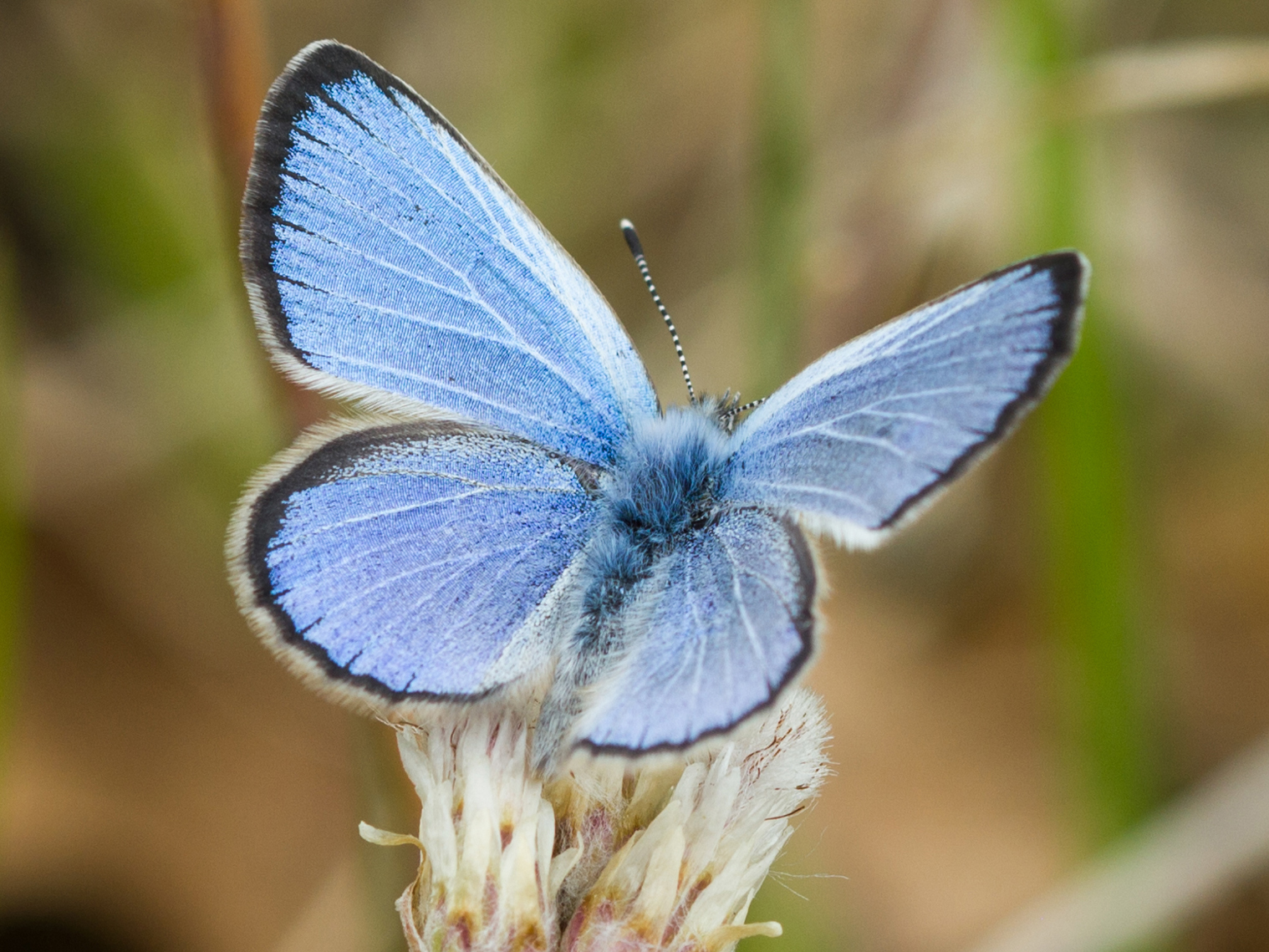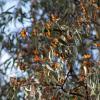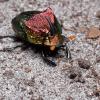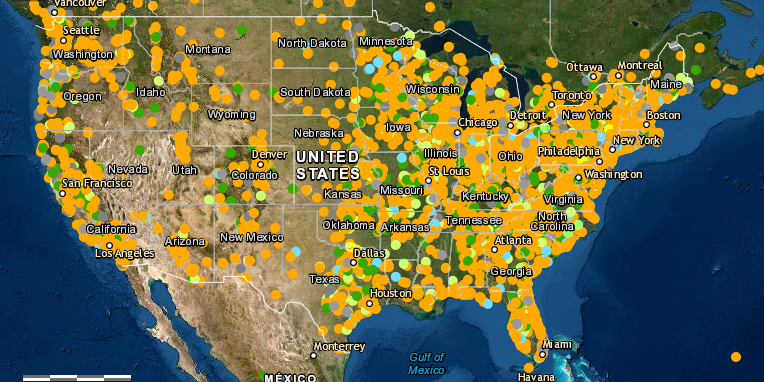
Many people in many locations have pledged to protect pollinators. View the interactive map and sign the Pollinator Protection Pledge!
Grow Pollinator-Friendly Flowers
Flowers provide the nectar and pollen resources that pollinators feed on. Growing the right flowers, shrubs, and trees with overlapping bloom times will support pollinators from spring through fall.
Provide Nest Sites
It is important to support all pollinator life stages, including eggs and larvae! For bees, leave patches of bare ground and brush piles, have plants and shrubs with hollow or pithy stems, or install nesting blocks. For butterflies and moths, plant their caterpillar host plants.
Avoid Pesticides
Pesticides, especially insecticides, are harmful to pollinators. Herbicides reduce food sources by removing flowers from the landscape. Fungicides can also have negative effects on bees. Consider alternatives!
Spread the Word
Make your commitment both official and visible by signing the Pollinator Protection Pledge! You can also share information about pollinators on social media, talk with your neighbors, or spread the word with a pollinator habitat sign or pesticide-free sign.
The Xerces Society Habitat Kit Program offers free pollinator plants to eligible partners across the United States.
Pollinator Conservation Program
We’re proud to say that the Xerces Society has the world’s largest team of conservationists dedicated to protecting pollinators. Learn more about our work.
Who Are the Pollinators?
Learn about the main groups of insect pollinators—bees, butterflies, flies, wasps, and beetles—including their life cycles, habitat needs, and conservation concerns.
Endangered Pollinators
The Xerces Society is working to protect pollinators at greatest risk, and have successfully obtained protections for several species. Learn more about our work and how to help.
What's at Stake?
Bees and other pollinators touch our lives every day in ways we may not realize. They are responsible for as much as one third of the food and drinks that we consume, for starters, and help sustain a healthy environment for us all.

%20%20Cottonwood%20River%20Prairie%20SNA%20cropped%20for%20tiles.jpg)
%20cropped%20for%20tiles.jpg)
%20cropped%20for%20tiles.jpg)
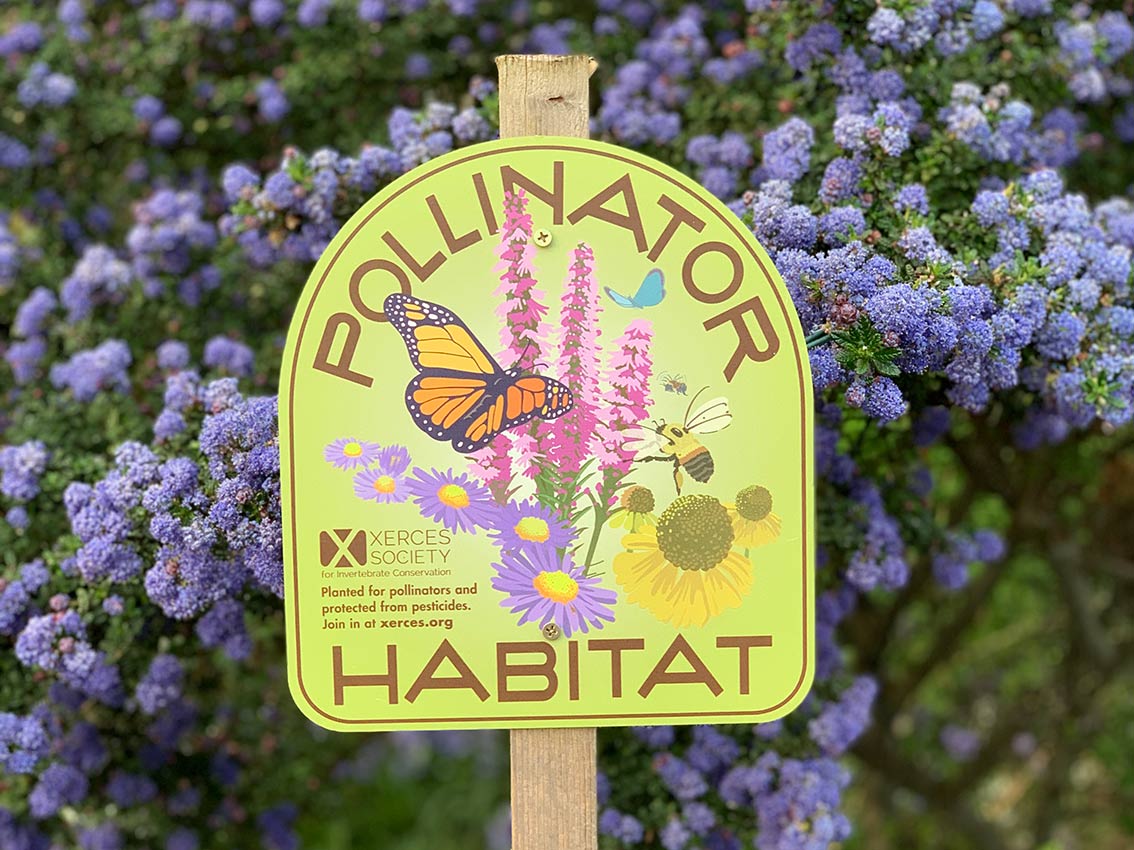
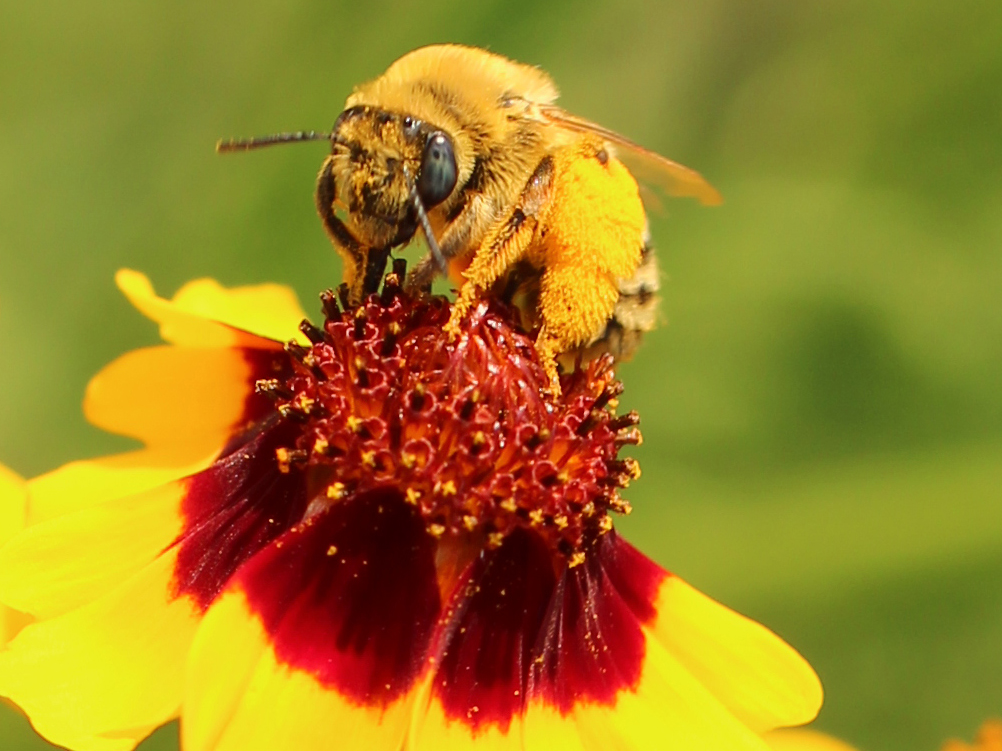
_David%20Cappaert_Bugwood-CC%20cropped%20for%20tiles.jpg)
